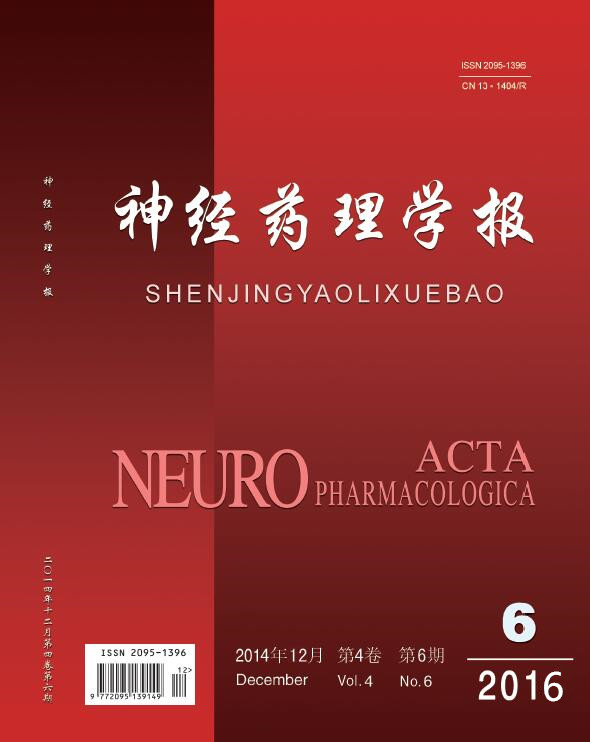|
|
Progress in the Relationship of Apolipoprotein E4 on Alzheimer’s Disease
GAO Jin-chao, ZHAO Wen-juan, YIN Ming
2016, 6 (6):
31-39.
DOI: 10.3969/j.issn.2095-1396.2016.06. 003
Alzheimer’s disease(AD) is a progressive neurodegenerative disorder, but the pathogenesis of AD is still complicated and indeterminate. In recent decades, evidence indicates that apolipoprotein E4(ApoE4) is a multifunctional protein with central roles in lipid metabolism which also plays an important role in AD. Here we review recent progress on the relationship between ApoE4 and AD.
References |
Related Articles |
Metrics
|

